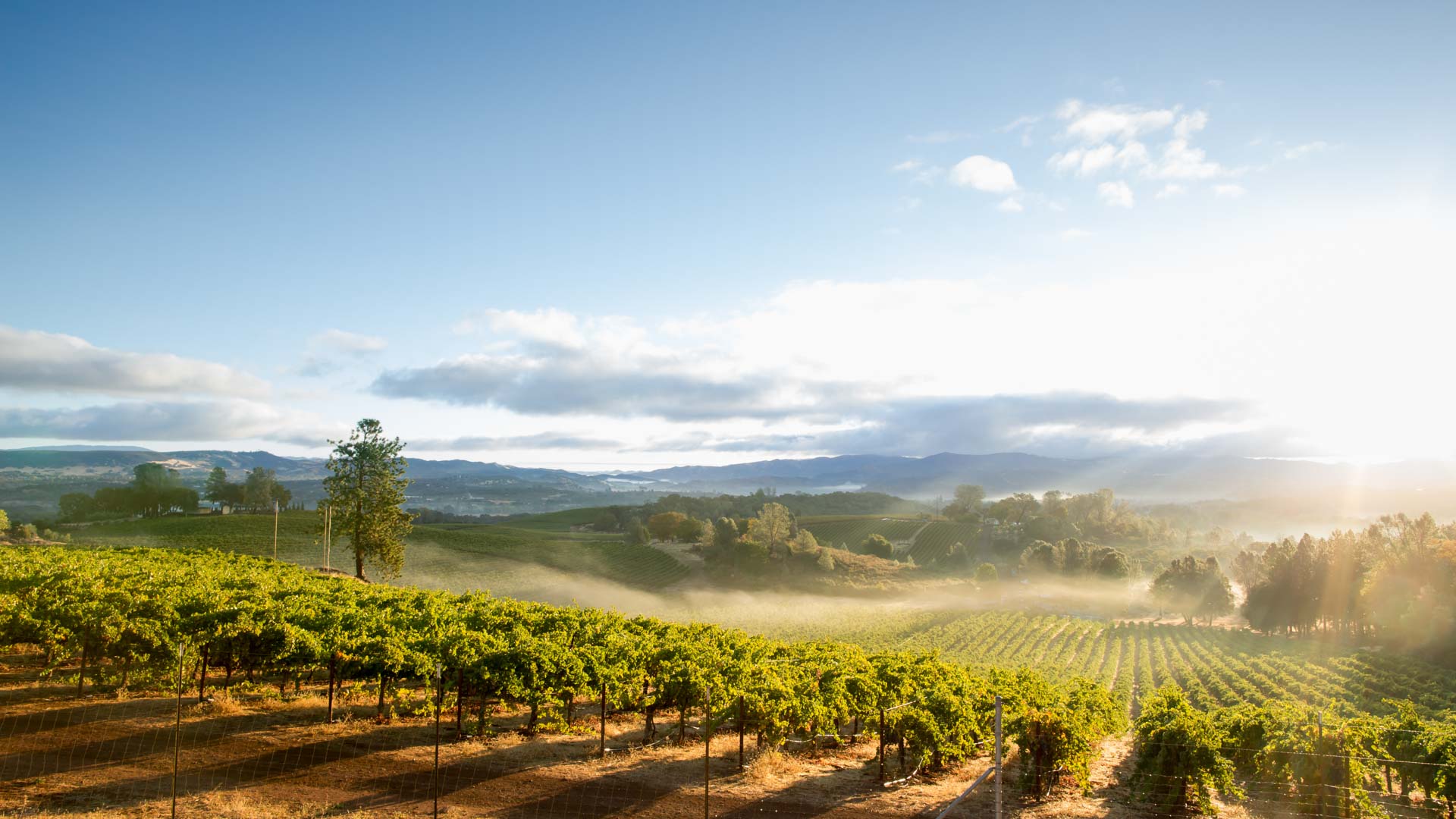Native American tribal artists portray their rich heritage and express their appreciation for their home landscapes by creating sophisticated craftwork, including jewelry, baskets, pottery, and other everyday items. Today’s shoppers and collectors view these objects as fine art, but historically, they had more utilitarian uses.
Dennis Moffett, a member of the Tolowa Dee-ni’ Nation who runs the American Indian Art and Gift Shop in Eureka, says that craftwork was a valuable commodity for California’s North Coast tribes.
“Native American crafts were very useful for trading. Here on the coast, we had abalone shells. We’d make things out of those abalone shells and then trade them with inland people for things like food, beads, or pelts,” Moffett says.
Dentalium was another common element in the crafts of Northern California coastal tribes, Moffett says. This small tubular mollusk shell, derived from the depths of the Pacific, is often seen in Native American earrings, necklaces, and other beadwork-style jewelry.
“Everything is based on where the tribe lived,” Moffett says. “Shells like dentalium and abalone were only found on the coast, so those were valuable. That’s what the Northern California tribes used in craftwork. But different minerals and materials were used in different parts of the country—the Navajo or Hopi used turquoise and spiny oyster in craftwork because that’s what was available to them.”
Some Native American craftworks are so highly prized that eager collectors will pay hundreds of thousands of dollars to display them in their homes. One example is Native American baskets woven from natural materials like willow, yucca, deergrass, and junca, and decorated in geometric patterns. For collectors, the most coveted baskets date back to the early twentieth century “basket craze,” when travelers on the newly constructed Western railroads fueled a bustling trade in these Native American creations.
Many century-old woven baskets are now in California’s museums, like the State Indian Museum in Sacramento or the Marian Steinbach Indian Basket Museum in Tahoe City. (Steinbach was a 20th-century collector who amassed more than 800 baskets from 85 tribes native to areas throughout California and the West.)
Older Native American artworks are precious commodities, but the rich history of Native American art is not a thing of the past. Today many California indigenous people earn income for themselves and their families through craftwork. At the American Indian Art and Gift Shop where Moffett works, more than 40 Native American artists from Northern California’s Weott, Yurok, Hupa, Tolowa, and Kurok tribes sell contemporary beadwork, jewelry, knives, and more. The shop, which is run by the Northern California Indian Development Council, gives these artists—many who live in remote areas—an expanded retail market for their creations.
“Our artists make earrings, bracelets, necklaces, lighter cases, anything you can do with beadwork,” Moffett says. “There’s a wide variety of different styles and methods, but most of what the artisans are making today is similar to what people made back in the day. They are using dentalium and abalone just like people used to. There was a demand for those beads back then, and there still is today.”
If you’re new to buying Native American crafts, start by browsing the gift shops in California’s Native American museums. In addition to galleries filled with intricately designed arts and crafts, most museums have shops that sell contemporary jewelry, pottery, weavings, paintings, and other works made by tribe members.
In Southern California, visit Lakeside’s Barona Cultural Center Museum Store, Banner’s Malki Museum, the Lake Perris Indian Regional Museum, and the Chumash Indian Museum in Thousand Oaks.
In Northern California, visit the California State Indian Museum Store in Sacramento, the California Indian Museum and Cultural Center in Santa Rosa, the Sierra Mono Museum and Cultural Center in North Fork, the Maidu Museum & Historic Site in Roseville, or the Wintu Tribe Cultural Museum Gift Shop in Shasta Lake.
Many non-museum shops in California also sell Native American crafts, including Yurok Country Designs in Klamath, Trinidad Trading Company in Trinidad, and Santa Fe Crafts in Pasadena.
You can also purchase Native American craftworks at arts festivals and marketplaces like the American Indian Arts Marketplace at the Autry Museum of the American West in Los Angeles or the California Indian Arts & Culture Festival in Berkeley. At these events, you can see artists making traditional crafts and buy works directly from them.
If you’re interested in learning more about how Native American artists create their works, the Idyllwild Arts Academy sponsors a summer program devoted to advancing, teaching, and promoting Native American arts. Sign up for multi-day classes on how to make Cahuilla basketry or Kumeyaay yucca fiber sandals, or attend lectures and demonstrations by artists, scholars, and cultural specialists.
